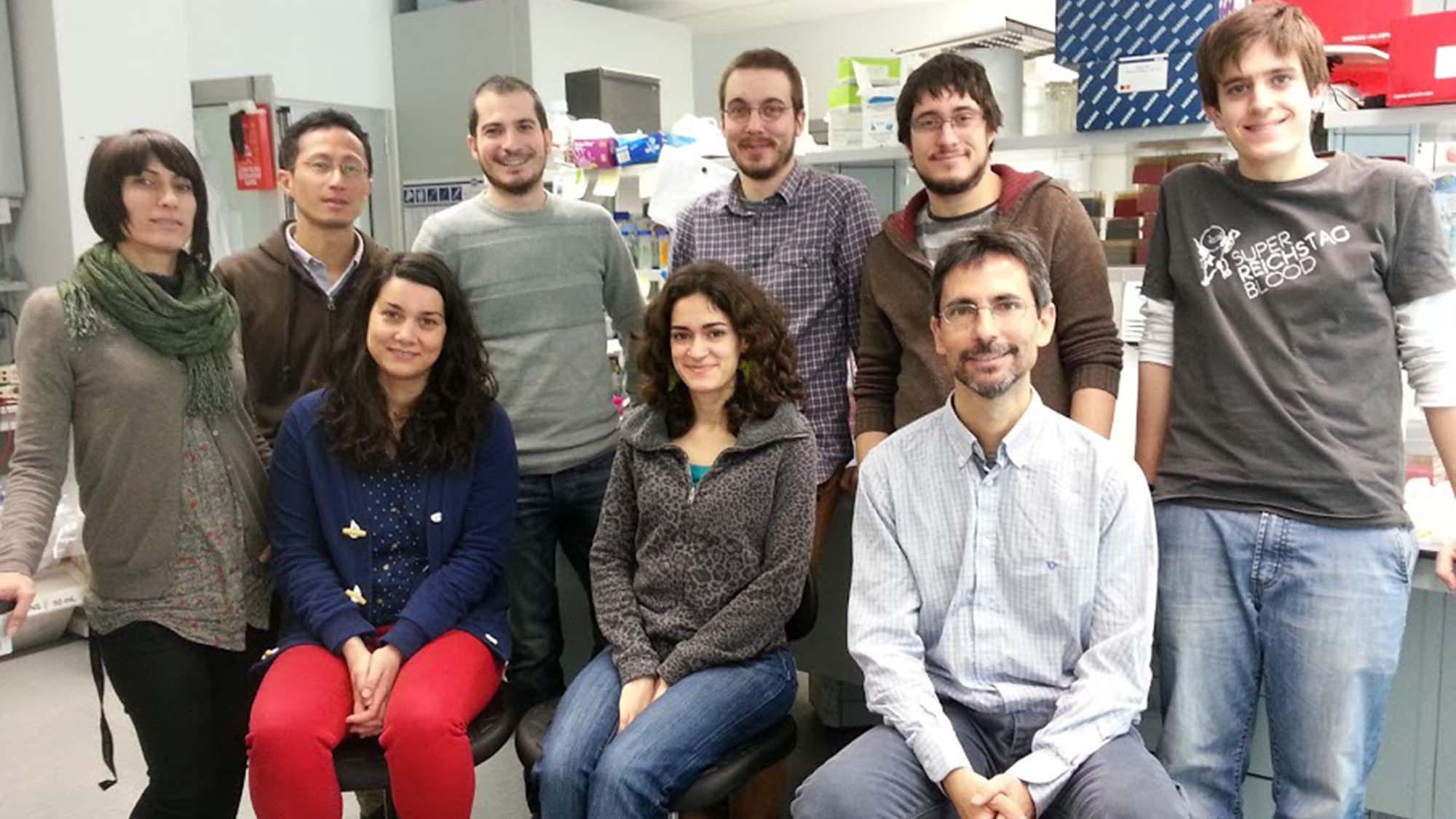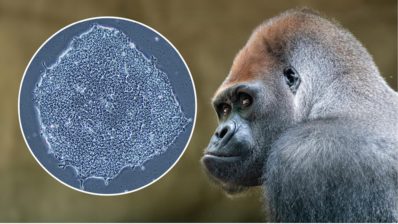The origin of multicellularity, i.e., the step from being a single cell to having trillions with differentiated functions, is one of the most mysterious episodes in the history of life on Earth. Only 10 years ago a group in America began to study Choanoflagellates, a type of unicellular protozoan considered to be the closest thing to animals. In 2004 the next big leap in the field was made by Iñaki Ruiz-Trillo, now head of the Multicellular Genome lab at the Institute for Evolutionary Biology (IBE: CSIC-UPF). “When I did my postdoc in Canada, I discovered that there were two more lineages close to animals, different from Choanoflagellates: the Filasterea and the Ichthyosporea. These don’t grow in bacteria, like Choanflagellates do, something which helped us to work with and sequence them”.
Choanoflagellates are a type of unicellular protozoan which are considered to be the closest relative to animals
As a consequence of this discovery, the Catalan researcher, together with colleagues in Canada, the US and England, proposed to sequence unicellular organisms close to animals and fungi, that they had in culture. The proposal became reality in 2007 in project UNICORN, financed by the NHGRI (National Human Genome Research Institute). They have already sequenced two of these tiny organisms: Capsaspora (a symbiont which lives inside a snail) and Sphaeroforma, and they have compared their genomes with those of animals. This strategy, explains Ruiz-Trillo, is one of the distinguishing features of his group. “The majority of labs that study the origin of animals are dedicated to comparing bilateral with radial animals to understand what the first animals were like. We compare animals with the closest unicellular forms to them, so we can go further back in time and extrapolate their common ancestor from just before the appearance of multicellularity.”
Multicellular genes in unicellular organisms
And what have they discovered up to now? Well, surprisingly, the unicellular ancestor that gave rise to all animals had many more genes with multicellular characteristics than was thought. The group has compared genes involved in functions essential for multicellular organisms, such as adhesion, signalling and cell differentiation. “An organism with a single cell has no reason to join itself to other cells, nor communicate with them, or decide whether it should either reproduce or generate energy, as it has to do everything. But, we have seen that Capsaspora has many of these genes. Why? We have no idea!” confesses the biologist.
The laboratory has found that the unicellular ancestor that gave rise to all animals had many more genes with multicellular characteristics than previously thought.
In response to this new query, the head of the group has a grant from the ERC (European Research Council), awarded to the MulticellGenome project. The group will analyse the genomes of Capsaspora and Creolimax fragantissima(an Ichthyosporea) and try to make them model organisms. The idea is to be able to culture them in the lab, to silence or overexpress some of their genes and to understand their biology. In this way they will be able to find out what such complex genes do in these simple organisms.
Microbial ecology
A final project aims to find out whether there are any groups of organisms (clades) still to be discovered. To do this they will use existing databases containing the genetic sequences of all microorganisms present in seawater samples. The objective is, once again, to understand how animals went from having a single cell to their current complexity and diversity.
One of the drawbacks of multicellularity is controlling the cooperation between cells: when some decide not to follow the rules, it results in problems like cancer.
Understanding this process is not only an intellectual challenge, but also vital in the comprehension of how humans have arrived where they are, how they work and how they stop working properly. After all, one of the drawbacks of multicellularity is controlling the cooperation between cells: when some decide not to follow the rules, it results in problems like cancer.







